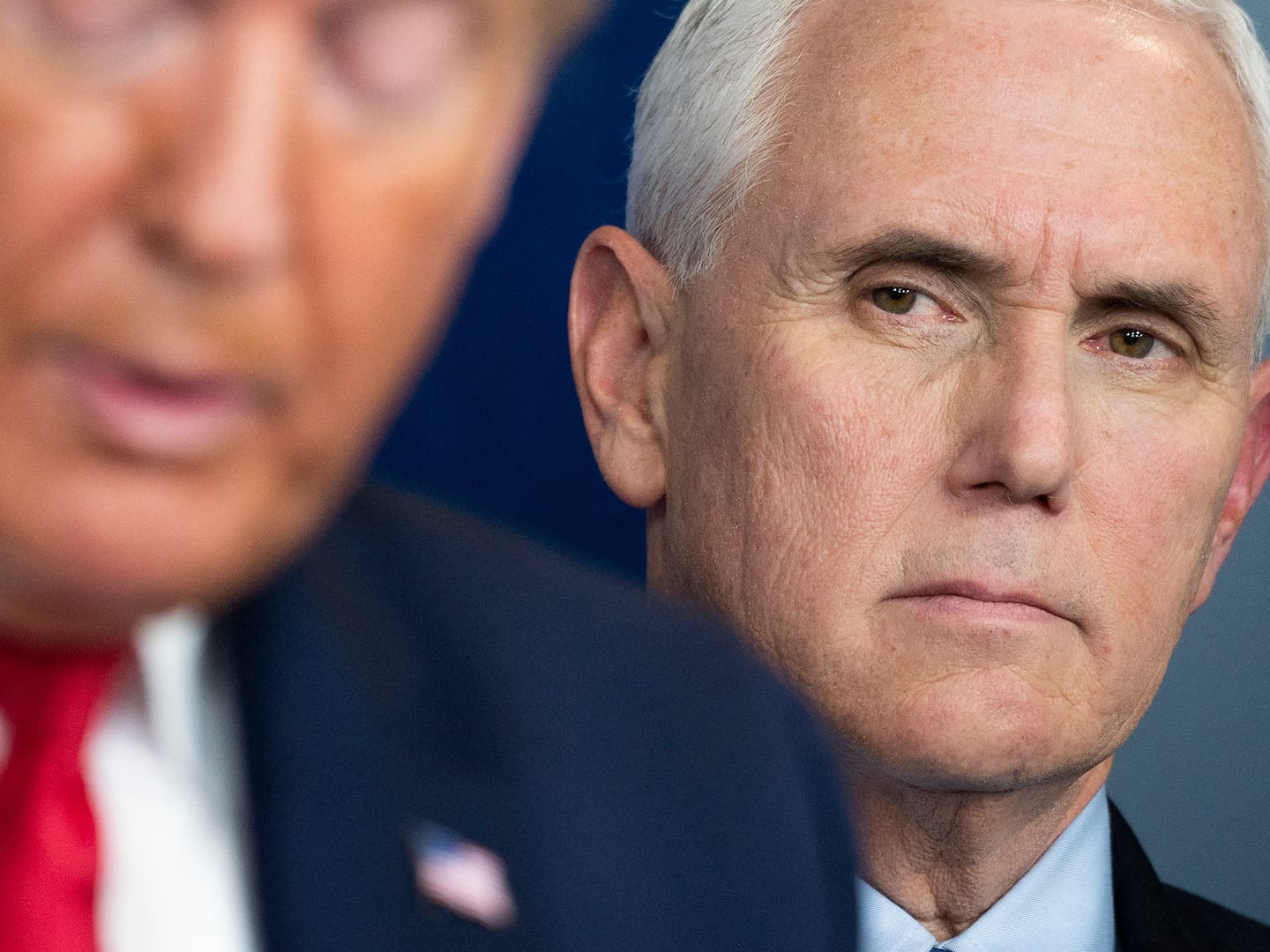Art Basel, the four-day art fair located at the nexus of Switzerland, France, and Germany, is all about the fast-paced buying and selling of art. It’s a commercial affair that attracts dealers and collectors (and their advisers) from all over the world, as well as its fair share of tourists. “Are you here for the fair?” they ask you as soon as you land at the local airport.
The booth set up by the Marlborough Gallery in London, for example, represented a perfect dichotomy of the art market’s current schizophrenic understanding of value: side by side, the cheapest piece of art at the fair, João Onofre’s “Untitled (This stays between us),” a clipping from a 2011 classified ad, next to the most expensive, a 1954 untitled painting by Mark Rothko, retailing for more than $70 million. It was all anyone could talk about on Thursday night, at a private dinner at the Beyeler Foundation on the outskirts of the city, hosted by Newsweek/The Daily Beast, Credit Suisse, CAA’s Bryan Lourd, and Dasha Zhukova, founder of Moscow’s Garage Center of Contemporary Culture.
The backdrop for the party was the Beyeler’s new Jeff Koons show, which spans three distinctive moments in the artist’s career: a series called “The New” (1980-83), which includes brightly lit shrines to commercial vacuum cleaners; his diabolical late-1980s porcelain work, such as the large-scale Michael Jackson and Bubbles; and his “Celebration” series from the late 1990s, with giant reflective chrome hearts and tulips.
The real highlight, however, was on the lawn outside, where Koons unveiled Split Rocker, a colossal and breathtaking floral sculpture, which was framed dramatically under storm clouds as guests including architect Zaha Hadid, artist Tracey Emin, and the model Stephanie Seymour rushed to the cocktail party.

Inside, others toured the show before an intimate dinner. “I have a crazy story about this one,” said the art dealer Jeanne Greenberg Rohatyn (who used to work with Koons as director of Deitch Projects), pointing to a giant sculpture of a kitten inside a sock. “[Jeff] actually had an old woman in his studio knitting a sock,” which served as the model for the sculpture, she said. “We thought it was going to take forever!”
Before dinner, the crowd gathered for a conversation between Hans Ulrich Obrist, director of international projects at London’s Serpentine Gallery, and the Dutch architect Rem Koolhaas. Their talk focused largely around Koolhaas’s new plans for Garage’s relocation to Moscow’s Gorky Park, which, though it is a central space, hasn’t quite shed its Soviet decrepitude. (Koolhaas says the relocation will be inexpensive to execute relative to many of his other projects because it will act as a kind of skin around a preexisting 1960s restaurant called Vremena Goda, which sits in the park. It is conceived as a semi-permanent pavilion set for completion in 2014.)

At the end of the talk, Koolhaas looked at his colleague and fellow Pritzker Prize-winner Zaha Hadid, who was seated in the front row. “The current expectations of an architect are not always easy,” he said, citing a pressure to produce work that is noticeable and attention-getting. He says now that he has turned his attention to Qatar, where he has made several recent trips. “If anyone would ask me where my passion is now,” he said, “It is in Doha, of all places.” But only time will tell, of course, what Koolhaas may have in store next.






